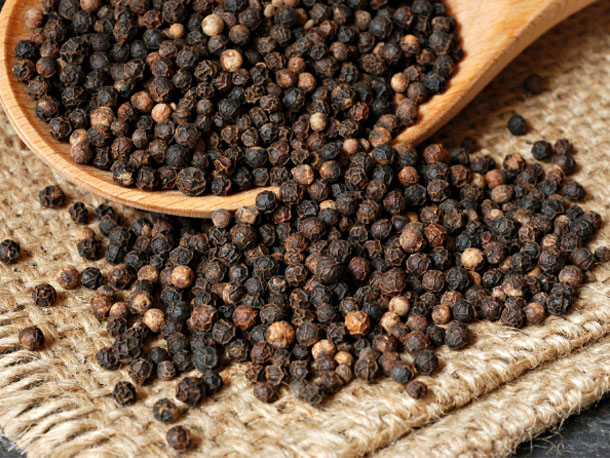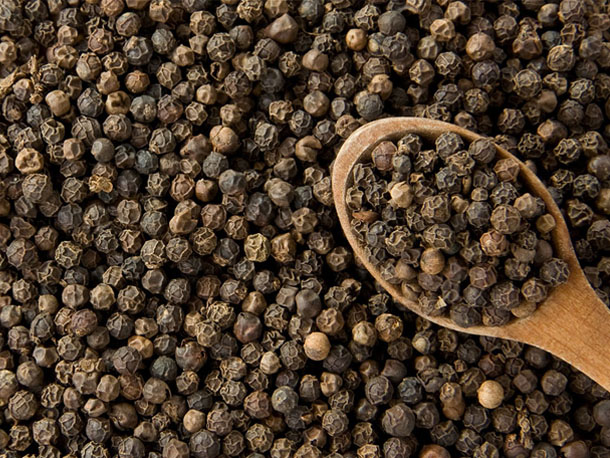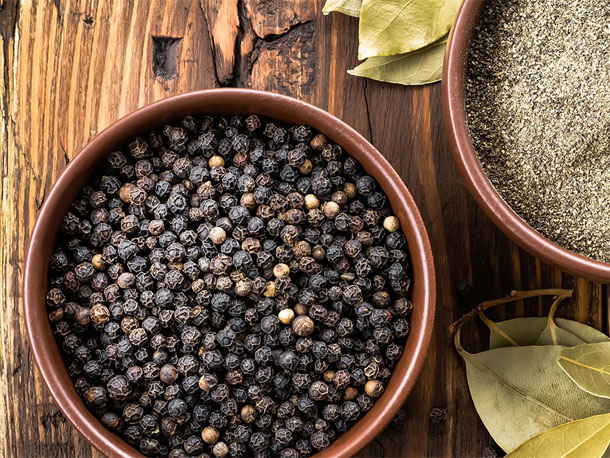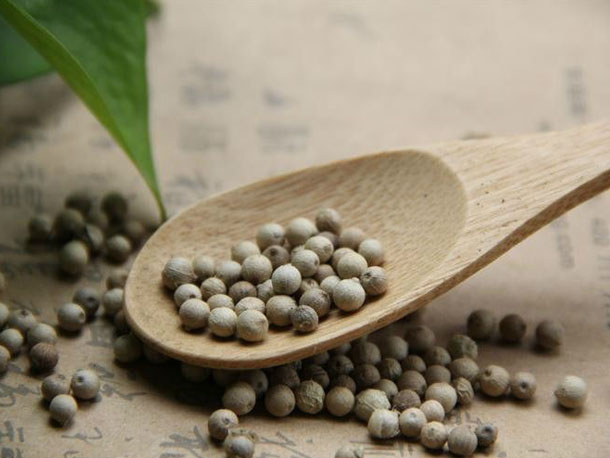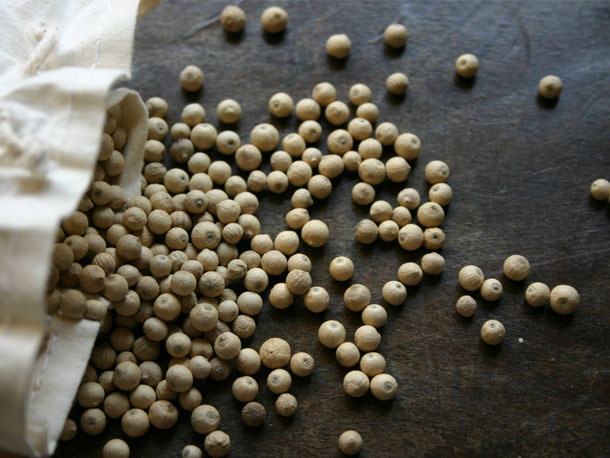Brazilian pepper prices lifted by good demand
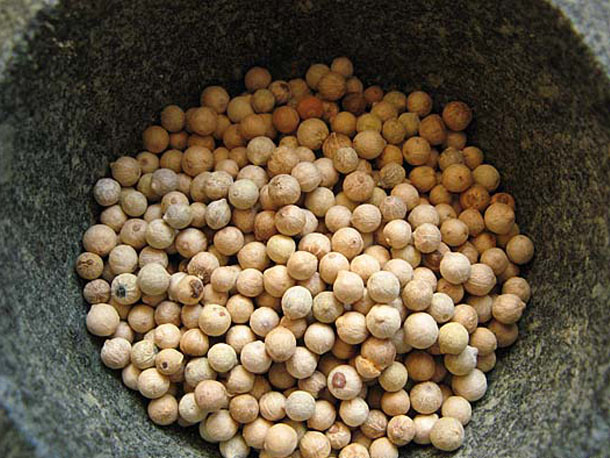
Brazilian pepper prices have been rising very rapidly over the last month due to strong demand, trade sources have reported.
Juliano Camara of the Fortaleza, Brazil, office of Amberwood Trading (Rotterdam), wrote in a July 17 market report: “Since the last month, the pepper market in Brazil has been firming up very rapidly supported by buyer’s buying interests from various destinations, especially Europe.”
Camara explained that it was understood from the last meeting of the European Spice Association (ESA) that some industry buyers from these countries have started to run trials on taste and aroma of Brazilian pepper. Some of these buyers had abandoned the use of Brazilian pepper after the growth in Vietnam’s pepper output over the last 16 years.
“However, due to the current pesticides situation most are considering to source in origins other than Vietnam, specially Brazil, India, Indonesia and Sri Lanka,” he added.
The report noted that the ESA had indicated that it had never received a reply to a letter it sent to the Vietnam Pepper Association on May 12 on the issue of high pesticides contamination in Vietnamese black pepper.
“There is a general belief in Brazil that there are not many offers available simply because carry-over stocks this year were reduced to very low levels,” Camara said.
He observed that at times of high prices, the overall tendency is to liquidate stocks and for farmers to plant more and take good care of the vines. However, there are always farmers who keep stocks to sell later on at higher price to local industries, or just to speculate and hope that prices will become higher, but most have sold it. Amberwood Trading believes the carry-over stocks from last year were around 2,500 tonnes.
More new plantings have been seen in Brazil’s southern region of Espirito Santo, as well as in Bahia and Minas Gerais. However, some farming processes were not as professional as hoped for, Camara remarked.
Despite the fact that there are good farming methods and practice due to the knowledge of old coffee and cocoa culture in these regions, it has been seen that farmers venturing into pepper for the first time “have no idea what they are doing”.
“An example is planting pepper with space of 1 metre distance and buying contaminated seedling with nematode and possibly soil with root rotten disease (fungus) contamination. When things go wrong, they are the first ones to run away. In Brazil, when establishing a new plantation, around 20% of new vines die before reaching the peak production,” Camara explained.
However, he acknowledged that it is difficult to evaluate the data on death rates.
Three crop periods
The crop season in Brazil is divided into three periods of the year.
In Espirito Santo, Bahia and the southeast regions, there are two crop periods. This always depends on the weather and other conditions. “In these regions, this year the first crop was a bit delayed and was/is in June/July. The other crop period is December/January,” Camara said.
Camara suggested that the second crop in these regions might start by the second half of November as there are reports that the first crop is smaller as many spikes did not form properly due to unfavourable climate changes at the start of the year.
The harvest periods in these regions have something to do with irrigation system, fertilisation and consultancy by agronomists.
In Para state, in the northern region of Brazil, some regions start harvesting in August, but most parts are under way in September and October. Nevertheless, in the last few years Camara said “we have seen delays in this crop region”.
White pepper only becomes available by October and November.
Amberwood Trading’s price indications include B ASTA at USD10,300/tonne fob Brazil; B1 minimum 560 g/l at USD10,200/tonne fob Brazil; and B2 minimum 500 g/l at USD9,900/tonne fob Brazil. These are for July or August shipment.
On forward offers for shipment in December 2015 or January 2016 the company has offers on B ASTA at USD10,100/tonne fob Brazil and B1 at 10,000/tonne fob Brazil.
In India the price decreased, while in Lampong and Sri Lanka it increased. In Sarawak and Bangka, prices were reported to be stable.
With the Closing Eid celebration taking place on July 17 and 18, the pepper market in Indonesia and Sarawak was very quiet, IPC found.
The local price of Lampong black pepper increased by IDR 2,000 (USD0.14) per kilo to IDR 117,000; while for Muntok white in Bangka it was stable at the level of IDR 176,000 per kg.
In Sarawak (Malaysia), the local price of black and white pepper remained unchanged at the level of MYR28 (USD7.35) and MYR 46 per kg, respectively.
Meanwhile, Gerwald Kras of PepperDesk BV wrote in his report for the week to July 20 that “pepper prices are drifting lower from Vietnam, Indonesia and Sri Lanka”.
Kras finds that Brazilian prices are unchanged while those from India are a little firmer.
“We see a relatively quiet market with many overseas buyers on holidays,” he noted.
Cheaper offers are emerging from the Middle East and these are lower cost than origin quotes. However, Kras warned that buyers should be careful on quality as there are some inferior lots around in this market.
In addition, he observed that Indonesia will be back from its holidays next week and its new crop sales will start. Brazil will follow with its peak harvest next month.
“It’s hard to predict how prices will develop in the coming weeks,” Kras admitted. “We might see some more supply but at the same time we see very thin pipeline stocks to Europe.”
Based on this, buying on the dip in prices could be an appropriate strategy in the current market, he concluded.

